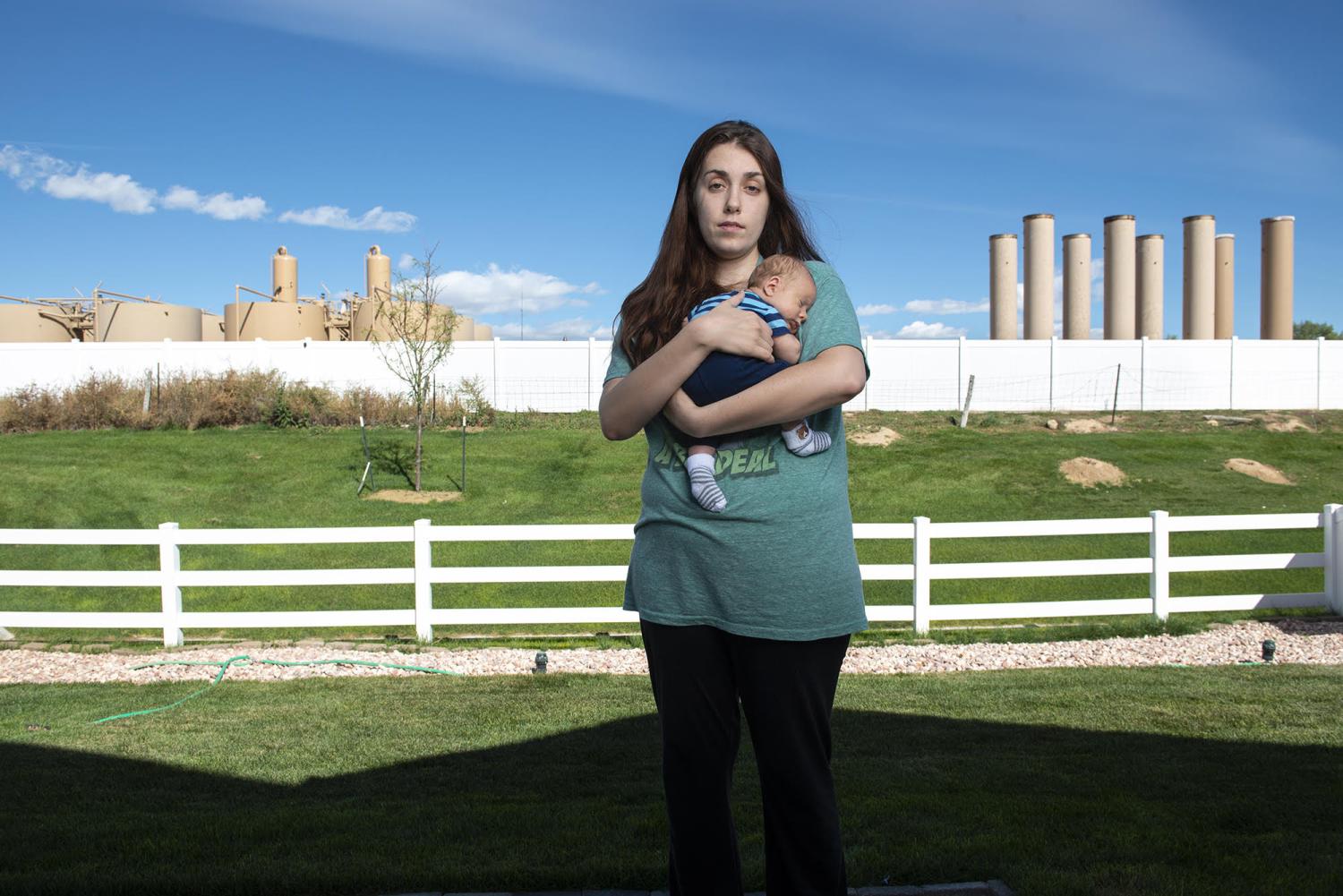Scripps Fellowship unites journalists to investigate oil and gas risks
In February 2018, Jason Plautz, a Ted Scripps Fellow at the time, got a message from a local scientist. There was a spike in oil-and-gas-related carcinogens in the air above Boulder the same night of an explosion at an oil well site 40 miles away, the researcher said.
What started as one reporter with an intriguing data set soon snowballed into five Scripps fellows producing an in-depth investigation into the dangers of the oil and gas boom.
The investigation centered on an explosion that injured one worker at the Stromberger oil and gas well pad near Windsor, Colorado in December 2017. Officials said the event posed little threat to the public or environment. But in “The rising risks of the West’s latest gas boom,” reporters Plautz and Dan Glick, from the 2001 fellowship cohort, revealed a night full of “chaos on the verge of catastrophe.” The story was an eight-month reporting effort, and in the end, it was produced by the largest group of fellows to ever team up on one story.
In addition to Plautz and Glick, the team included Ted Wood, from the 2002 cohort, who created all of the original photography. When High Country News picked it up, two more fellows became involved: Brian Calvert, from the 2014 fellowship cohort and High Country News editor-in-chief; and Jonathan Thompson, from the 2012 cohort and a contributing editor for the magazine.
“I, on my own, could not have done a version of the story that turned out as good,” Plautz said.
Through their reporting, Plautz and Glick recreated a detailed play-by-play of the night, showing for the first time how dangerous the explosion really was. On that December night, 50-foot-high flames leaped into the sky. There were 350 homes within a mile of the site, and residents called authorities saying they heard a boom and felt their houses shake. Well-site workers scrambled to respond.
“If the crew hadn’t shut everything down, ‘it could’ve been like an atomic bomb going off,’” said Ernie Bouldin, one of the supervisors who was on site during the explosion, as quoted in the story.
Extraction Oil and Gas, the company that owns the well pad, conducted an investigation, but never identified a root cause. All it came up with was a hypothesis that the explosion could have been caused by leaking gas on site.
“One of the challenges to reporting on oil and gas is that the industry is, no matter what they say, largely self-regulated...They report what they want to report,” Glick said. “In this case, there’s this explosion, and we still don’t know what happened. And the company is the only one that did the investigation. And that’s just crazy.”
That’s just one of many challenges that Plautz and Glick faced while reporting on the story. When they couldn’t get access to information, they filed information requests with local, state and federal governments. Finding sources who were there the night of the explosion was next to impossible until they got a detailed incident report from a sheriff’s department.
But working in a team, and the Scripps Fellowship itself, helped, Plautz said. Both gave the reporters something that always seems to be in short supply for a journalist: time.
“There was a lot of labor-intensive and time-intensive stuff that was certainly made easier by not having a daily job,” he said. For example, he could attend more community meetings and spend more time delving through complex oil and gas information databases.
In addition to time, Plautz said the Ted Scripps Fellowship connected him to sources and a network of journalists around the country with different skill sets and specialties. Plautz got to know Glick through several CEJ events, particularly a field trip to Weld County focusing on oil and gas that was led by Glick and Ted Wood earlier in the year. He even met the scientist who sent him the data set, Detlev Helmig, through the fellowship.
As for the rest of the team, some connected directly through the fellowship, others just knew of each other through the ever-growing network of former fellows.
For Glick, this network is one of the benefits of the fellowship. He often reaches out to fellows when he’s reporting on their “turf” to get the lay of the land.
“We're all such stray cats in the journalism world these days, especially the freelancers,” Glick said. “It's just so nice to know that there is this network out there of people who are really knowledgeable and helpful.”
Photo by Ted Wood, The Story Group


